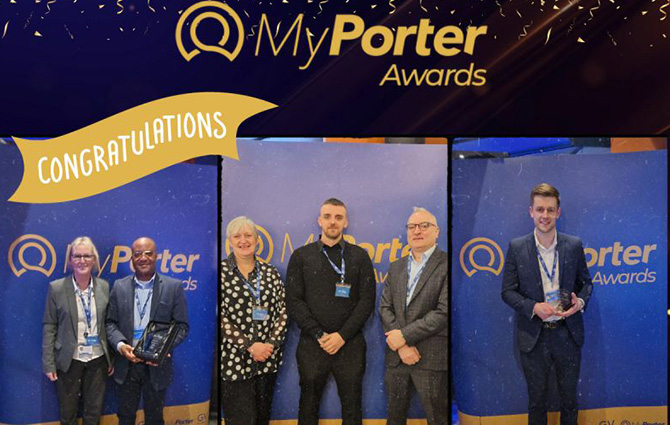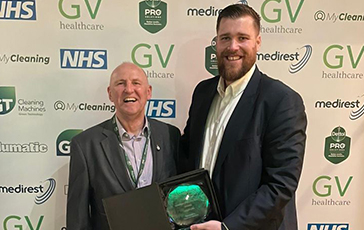20.9.23
Storytelling is part of who we are. It’s been around for millennia as folklore, old wives’ tales, cave paintings, ancient scripts, poetry and song. Stories have a powerful, innate purpose. Not only do they entertain and enthral and create a sense of community, but they're a survival tactic. These nuggets of wisdom are used to pass down vital knowledge from generation to generation. And so, story forms the basis of religion, philosophy, art (books, film, paintings, music) and the fabric of society in general.
Interestingly too, stories often carry a warning or a moral. They teach us important lessons. The most effective storytelling speaks to our needs, desires and weaknesses. It grabs the audience’s attention and taps into our emotions. As an exciting story unfolds, it takes the reader on a journey. It activates our imagination, encouraging us to guess what is coming next.
These are some of the features of the ancient art of storytelling that make it a compelling and effective medium to connect with your audience.
Resonating on a personal level
Stories invite us to identify with characters or aspire to be like them. Take, for example, the personal journey that rock climber Shauna Coxsey documents through her social media as she recovers from a knee injury. She has a huge following, with thousands of people cheering her on, admiring her courage and empathising with her pain. It’s easy to feel connected to her even if you’ve never met her. Her struggle feels real and her words are authentic. Her followers engage with what she's saying and many even try out her recovery tips.
Identifying with characters or situations in stories like this builds a bond and develops trust. It elicits an emotional rather than logical response, inspiring the reader and sticking in their memory. This is undoubtedly a factor behind the rising popularity of influencer marketing.
Giving structure and narrative
The best way to structure your ‘story’ when writing content is similar to structuring a plot line: start with setting the scene, then introduce a challenge or some kind of tension and explore this. Finally, explain the solution and come to a resolution. You may have seen a plot line represented visually as a peaked graph with climax – this kind of structure keeps the reader engaged and excited.
By starting with the challenge and then introducing a resolution, you are compelled to focus on the audience and their needs, rather than immediately writing about how great your product/service/brand is, which can turn people off.
Providing a greater sense of purpose
One final aspect to storytelling which appeals to our collective consciousness is the idea of belonging – being part of a bigger narrative. Donald Miller, author of Building a Story Brand, explains “brands that give customers a voice in a larger narrative add value to their products by giving their customers a deeper sense of meaning”. He uses Tesla as an example, one of the most talked about brands of the 2020s. They don’t just offer their customers a car, they invite them to be part of something bigger, a futuristic sci-fi style narrative that focuses on saving the environment through new technology.
Weaving a story that positions the audience as part of a greater and united cause gives purpose and meaning to what you are saying. Words by themselves only have so much impact, it’s the story you tell with them that will leave a lasting impression.
If you think you need some more storytelling pointers or you’d like some support creating content, please get in touch.













